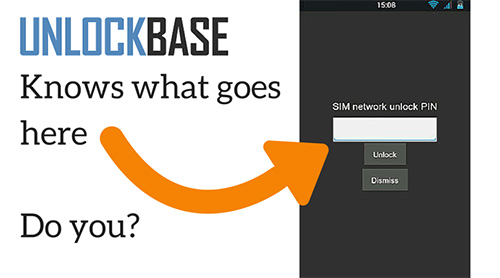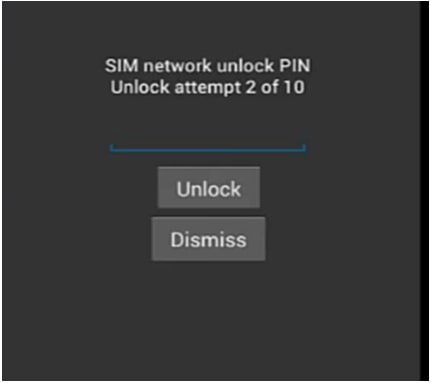

To make blocklisting effective, the IMEI number is supposed to be difficult to change. This blocklisting makes the device unusable on any operator that uses the CEIR, which makes mobile equipment theft pointless, except for parts. Optionally, it also adds the IMEI to shared registries, such as the Central Equipment Identity Register (CEIR), which blocklists the device with other operators that use the CEIR. If the local operator maintains an Equipment Identity Register (EIR), it adds the device IMEI to it. When someone has their mobile equipment stolen or lost, they can ask their service provider to block the phone from their network, and the operator does so if required by law. Since that date, IMEIs have been allocated by BABT (or one of several other regional administrators acting on behalf of the GSM Association) to legitimate GSM terminal manufacturers without the need to provide evidence of approval. The linkage between regulatory approval and IMEI allocation was removed in April 2000, with the introduction of the European R&TTE Directive.

The existence of a formally allocated IMEI number range for a GSM terminal does not mean that the terminal is approved or complies with regulatory requirements.

Instead, mobile operators are encouraged to take measures such as immediate suspension of service and replacement of SIM cards in case of loss or theft. IMEI blocking is not the only way to fight phone theft. Ī bill was introduced in the United States by Senator Chuck Schumer in 2012 that would have made the changing of an IMEI illegal, but the bill was not enacted. For example, in the United Kingdom, under the Mobile Telephones (Re-programming) Act, changing the IMEI of a phone, or possessing equipment that can change it, is considered an offence under some circumstances. Many countries have acknowledged the use of the IMEI in reducing the effect of mobile phone thefts.
#T mobile imei unlock code calculator software

This renders the phone useless on that network and sometimes other networks, even if the thief changes the phone's subscriber identity module (SIM).ĭevices without a SIM card slot usually don't have the IMEI code. For example, if a mobile phone is stolen, the owner can have their network provider use the IMEI number to blocklist the phone. GSM networks use the IMEI number to identify valid devices, and can stop a stolen phone from accessing the network. It is usually found printed inside the battery compartment of the phone but can also be displayed on-screen on most phones by entering *#06# MMI Supplementary Service code on the dialpad, or alongside other system information in the settings menu on smartphone operating systems. The International Mobile Equipment Identity ( IMEI) is a number, usually unique, to identify 3GPP and iDEN mobile phones, as well as some satellite phones.


 0 kommentar(er)
0 kommentar(er)
